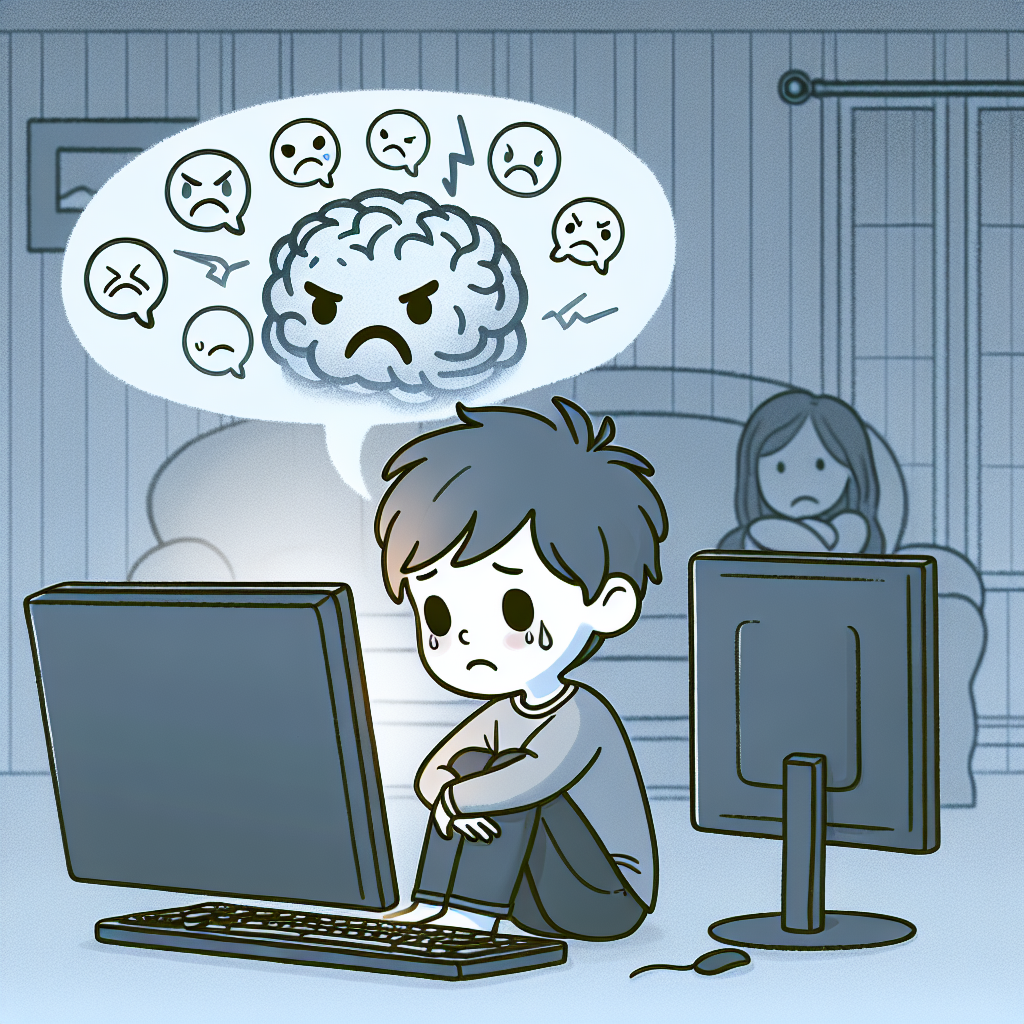
The Rising Concern of Cyberbullying and Its Impact on Child Psychology
With the ever-evolving digital landscape, the intersection of technology and child psychology is becoming an increasingly critical area of focus. Recent findings have stirred the psychological and educational communities, emphasizing the alarming rise of cyberbullying and its profound effects on young minds.
The Alarming Reality of Cyberbullying
Cyberbullying, often perceived as a mere extension of traditional bullying, poses unique and insidious challenges. Recent research highlights how it should be classified as an adverse childhood experience due to its strong link to trauma. The study discovered that nearly 90% of teens experienced some form of cyberbullying, with indirect harassment being the most common. The impact of even subtle forms, such as group chat exclusions, cannot be understated—with significant associations with trauma symptoms being observed.
Such experiences are more than just a bane of modern adolescent life. They account for 32% of the variation in trauma symptoms among teens. While the specifics of cyberbullying can differ widely—from hurtful comments to deliberate exclusion—the consistent finding remains: the more frequent the targeting, the more significant the trauma.
The Psychological Toll of Cyberbullying
The psychological damage inflicted by cyberbullying can last a lifetime. Beyond immediate stress responses, the cumulative effects can manifest as post-traumatic stress disorder (PTSD), depression, anxiety, and even more severe mental health challenges.
This recognition necessitates a comprehensive educational framework aimed at prevention and intervention. Schools, educators, and caregivers need resources and strategies that empower young people to cope with and combat these detrimental experiences.
Proactive Steps and Educational Strategies
With cyberbullying recognized as a major threat to child well-being, the onus is on educational institutions and policymakers to foster environments that mitigate these risks. These environments need to provide safe spaces for learning and social interaction. Strategies should include:
- Educating Students: Schools should implement curricula that educate students about the realities of cyberbullying, teaching them to recognize various forms and encouraging empathy and support for peers.
- Supporting Victims: Offering psychological support services, such as counseling, within schools can help victims process and recover from trauma, ensuring no child suffers in silence.
- Parental Involvement: Engaging parents and guardians in digital literacy programs can equip them with the knowledge needed to support their children effectively.
- Creating Strong Policies: Schools should develop clear anti-bullying policies and reporting mechanisms to address cases of cyberbullying promptly and effectively.
The Role of Empathy in Cyberbullying Prevention
At the heart of prevention efforts lies the cultivation of empathy among young people. Emotional intelligence, particularly the ability to understand and share the feelings of others, can act as a powerful deterrent to bullying behaviors. Schools incorporating social-emotional learning (SEL) into their curricula can see a direct impact on reducing bullying instances.
A Call to Action: The Need for Systemic Change
Addressing cyberbullying requires systemic efforts that involve educators, parents, students, and policymakers. By fostering an environment of openness, empathy, and accountability, we can not only curb the rise of cyberbullying but also support the mental well-being of future generations.
For more information on cyberbullying and supportive resources, consider visiting the following sources: Science Daily



